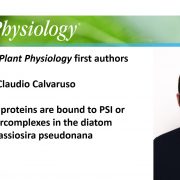
Recognizing Plant Physiology authors: Claudio Calvaruso
Plant Physiology, Plant Physiology: Author ProfilesClaudio Calvaruso, first author of Specific Lhc proteins are bound to PSI or PSII supercomplexes in the diatom Thalassiosira pseudonana
Current Position: PhD candidate at the Institut für Molekulare Biowissenschaften, Goethe University of Frankfurt, Germany
Education: PhD candidate at the Goethe…
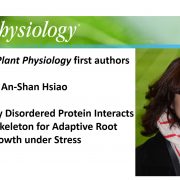
Recognizing Plant Physiology authors: An-Shan Hsiao
Plant Physiology, Plant Physiology: Author ProfilesAn-Shan Hsiao, first author of An Intrinsically Disordered Protein Interacts with Cytoskeleton for Adaptive Root Growth under Stress
Current Position: Postdoctoral scientist, University of Cambridge, UK
Education:
PhD in Plant Molecular Biology, The University of Hong Kong
M.Sc. in Plant Biology,…

Insights into a multifaceted career in plant genomics: Informational interview with Prof. Michele Morgante
Profiles of Plant ScientistsInformational Interview by Conviron Scholar Sessen Daniel.
Michele Morgante is a plant geneticist, currently full professor of genetics at the University of Udine, Scientific Director of the Institute of Applied Genomics (IGA) and former president of the Italian Society of Plant Genetics (SIGA).…
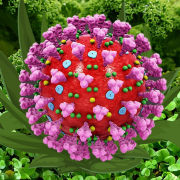
Editorial: Redeploying plant defences (Nature Plants)
Plant Science Research WeeklyWith COVID19 ravaging across the globe, the medicinal value of plants and related research fields e.g., phytochemistry, ethnobotany, etc., is presently in focus. The drug development chain, though extremely promising, is not an immediate solution as it is a long, multistep process. Nature Plants highlights…

Review. Twenty years of CBL-CIPKs: The knowns and the unknowns (Trends Plant Sci)
Plant Science Research WeeklyWhat are the chances that homologs of a vital animal protein could be found in plants, and how much structural and functional similarity would they share? These questions led to the discovery of Calcineurin B-like (CBL) and CBL-interacting protein kinase (CIPK) protein families in plants. In this review,…
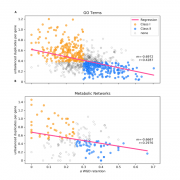
Gene balance predicts transcriptional responses immediately following ploidy change in Arabidopsis thaliana (Plant Cell)
Plant Science Research WeeklyThroughout evolutionary time polyploidization events have occurred frequently, increasing the gene copy number (gene dosage) of multiple angiosperms. The gene balance hypothesis proposes that there is selection on gene copy number to maintain the stoichiometric balance between dosage-sensitive genes…
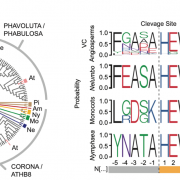
Water lily (Nymphaea thermarum) draft genome reveals variable genomic signatures of ancient cambium losses (bioRxiv)
Plant Science Research WeeklyThe vascular cambium, a meristematic tissue responsible for xylem and phloem production, is an ancestral trait in angiosperms, however, its loss has independently occurred in at least 5 flowering plant lineages. One of such is the Nymphaeales, which includes Nymphaea thermarum, an emergent model for…
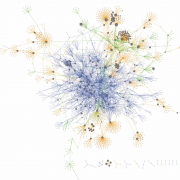
Integrated multi-omics framework of the plant response to jasmonic acid (Nature Plants)
Plant Science Research WeeklyJasmonic acid (JA) is involved in fertility, seed emergence and defense. JA perception and signal transduction are well understood, but there is limited understanding of the JA responsive genome regulatory program since only one or a small number of components are usually studied at once. Zander et al.…
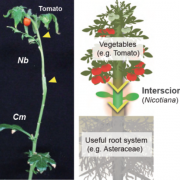
Unlocking interspecies grafting (bioRxiv)
Plant Science Research WeeklyPlant grafting is an agricultural technique that joins plant tissues (e.g., the shoot and root) to confer beneficial traits from one plant to another. Although interfamily grafting is difficult in general, Notaguchi et al. found that Nicotiana benthamiana (Nb) has a strong potential to graft with phylogenetically…

